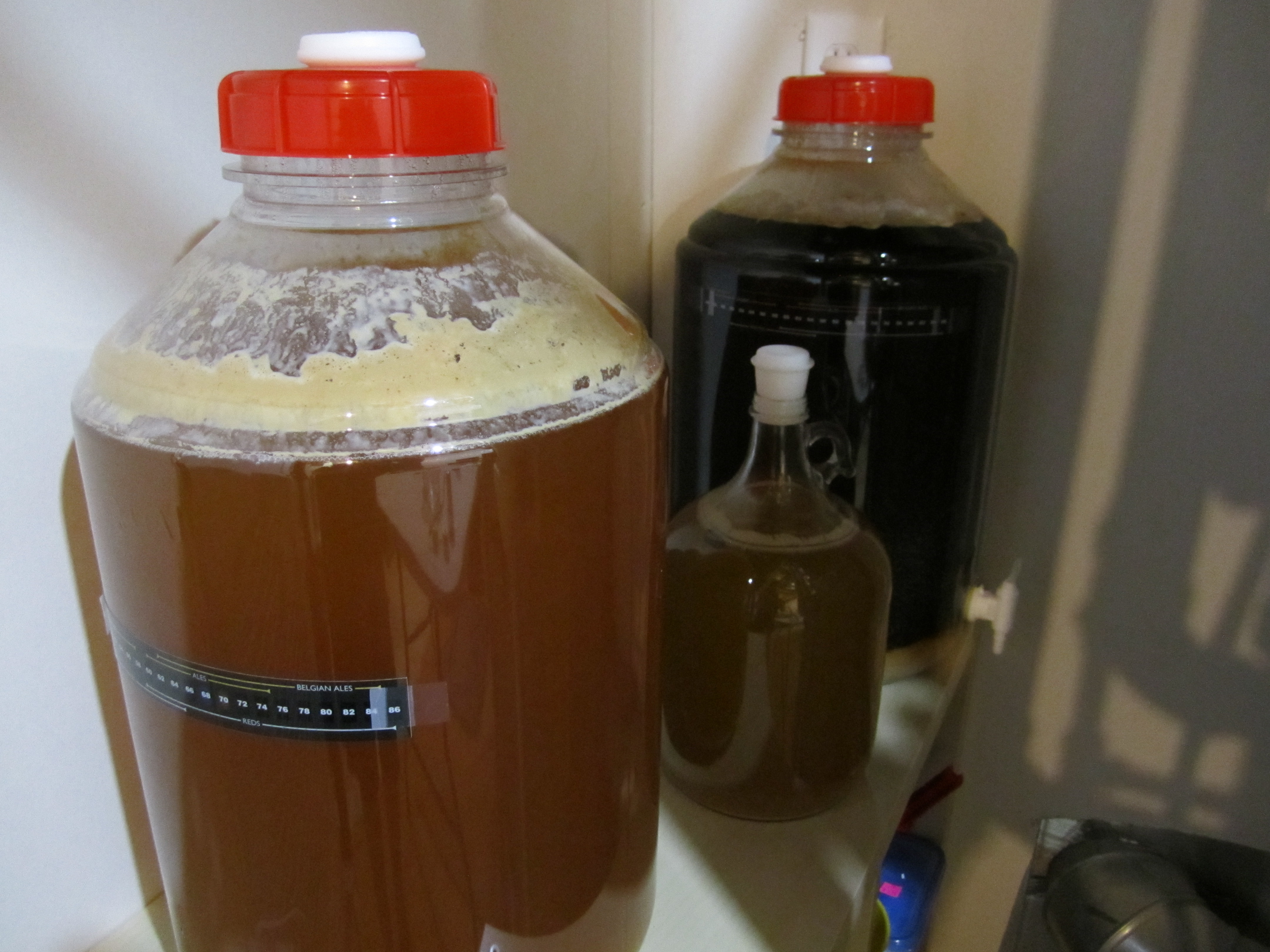I'm early in the process of planning a lambic-style-ish brew, just had some questions.
Planning a 5-gallon brew. I've been finding plenty of yeasts, bacteria, and blends to use. I've seen a some recipes where Wyeast 3278 is pitched by itself right after cooling, and some where it is pitched a few days or a week after a neutral strain. Would either method cause over or under pitching saccharomyces to a point where it is noticeable in the final product?
If I were to buy all four of the microbes separately is there some kind of schedule to follow? Like saccharomyces and lactobacillus after cooling the wort, then brettanomyces and pediococcus after a week or two?
I've also read about people adding dregs from their favorite sour beers. Would this be best as the only source of microbes, or in addition to lab cultures of some or all of them? Do they need to be cultured up some? Are there any commercial varieties or sours that work particularly well? Any varieties that do poorly (perhaps due to pasteurization or unfavorable shipping conditions)?
Planning a 5-gallon brew. I've been finding plenty of yeasts, bacteria, and blends to use. I've seen a some recipes where Wyeast 3278 is pitched by itself right after cooling, and some where it is pitched a few days or a week after a neutral strain. Would either method cause over or under pitching saccharomyces to a point where it is noticeable in the final product?
If I were to buy all four of the microbes separately is there some kind of schedule to follow? Like saccharomyces and lactobacillus after cooling the wort, then brettanomyces and pediococcus after a week or two?
I've also read about people adding dregs from their favorite sour beers. Would this be best as the only source of microbes, or in addition to lab cultures of some or all of them? Do they need to be cultured up some? Are there any commercial varieties or sours that work particularly well? Any varieties that do poorly (perhaps due to pasteurization or unfavorable shipping conditions)?




























![Craft A Brew - Safale BE-256 Yeast - Fermentis - Belgian Ale Dry Yeast - For Belgian & Strong Ales - Ingredients for Home Brewing - Beer Making Supplies - [3 Pack]](https://m.media-amazon.com/images/I/51bcKEwQmWL._SL500_.jpg)





























